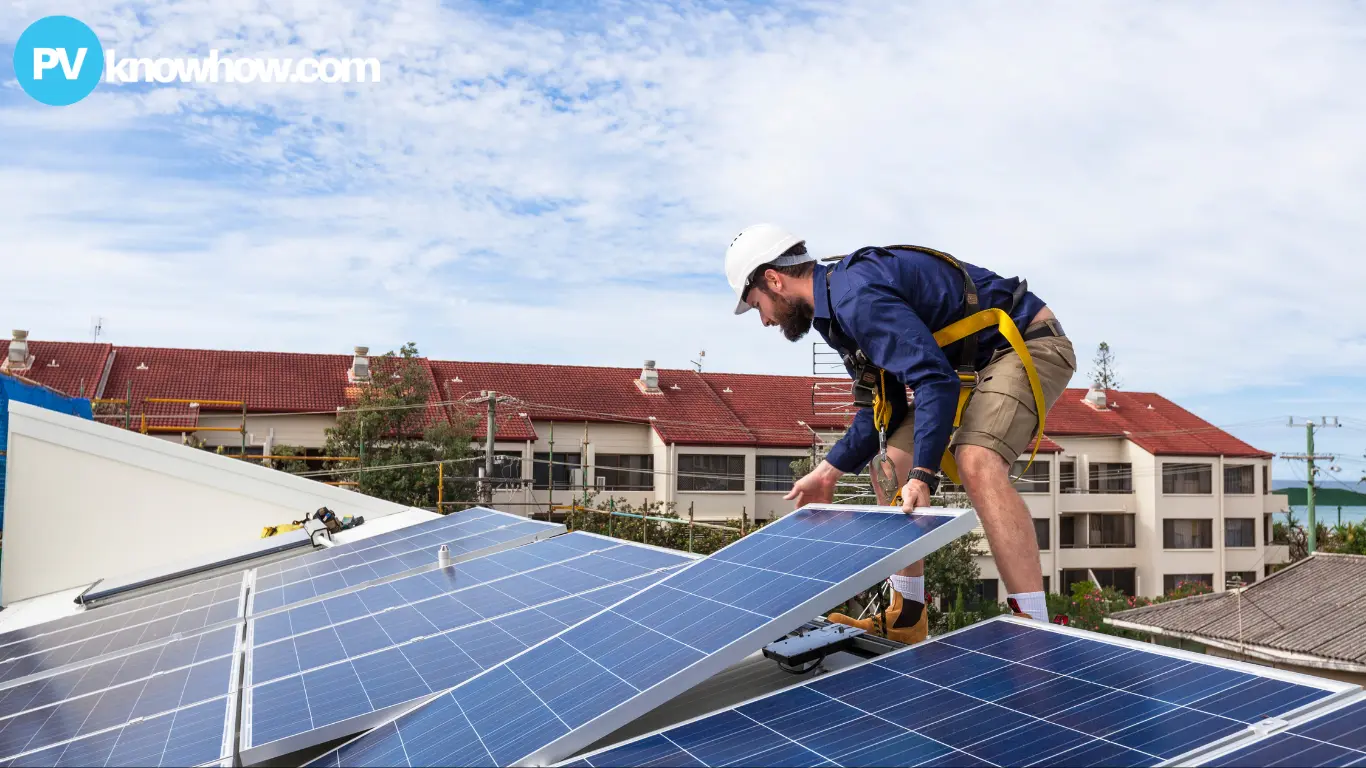CITICORE Renewable Energy Corp (CREC) and SMC Global Light & Power Corp (SGLP) have taken a major step forward in advancing renewable energy in the Philippines by partnering to develop a 153.5-megawatt solar power plant in Barangay Lucanin, Mariveles, Bataan. This collaboration marks a significant move towards boosting the country's renewable energy capacity and reinforces the Philippines' commitment to sustainable energy development.
Solar Power Plant Partnership Details
The joint venture between CREC and SGLP involves both companies financing, constructing, owning, operating, and maintaining the solar power plant. Initially, CREC will hold a 49% stake in the project, while SGLP will control 51%. As construction progresses, CREC will subscribe to additional shares, resulting in an equal ownership split of 50% each.
This project is a key addition to CREC’s portfolio and aligns with its strategy to contribute approximately 1.0 gigawatt of solar energy capacity annually over the next five years. The initiative not only expands CREC’s solar capacity but also underscores the company's commitment to enhancing the energy mix in the Philippines. By reducing dependence on fossil fuels, this solar power plant will play a vital role in promoting environmental sustainability and energy security in the region.
Expanding Solar Power Infrastructure
The Philippines is ambitiously working to increase its solar energy capacity as part of its broader renewable energy goals. By 2030, the country aims for renewables to make up 35% of the energy mix, with a target of 50% by 2040. Incentives under the Philippine Renewable Energy Act of 2008 such as reduced lease rates for government land, income tax holidays, and duty-free importation of renewable energy equipment are supporting this transition.

Image: Collected
The development of the solar power plant in Bataan - one of the largest in the country - highlights the significant investment and collaboration required to build a renewable energy future. This plant is expected to generate clean and renewable energy that will power thousands of homes and businesses, contributing significantly to the country's energy needs.
Additionally, other major players in the renewable energy sector - such as AC Energy - are planning to add 5,000 megawatts of renewable capacity by 2025, with a substantial portion coming from solar power. The Philippines is also actively developing multiple project sites across the archipelago to provide a cleaner and more affordable power to a growing population.
Despite the positive outlook for renewable energy, challenges such as financing, regulatory issues, and the need for infrastructure modernization remain. Public-private partnerships (PPPs) like the one between CREC and SGLP are expected to play a crucial role in overcoming these obstacles. By leveraging the strengths of both sectors, PPPs can facilitate the development and implementation of large-scale renewable energy projects. The government's role in providing a favorable regulatory environment and facilitating these partnerships is essential for the continued growth of the renewable energy sector in the Philippines.
Benefits of the Solar Power Plant
The solar power plant in Bataan is expected to bring numerous benefits to the local community. During the construction phase, the project will create jobs, thereby providing employment opportunities for residents. Once operational, the plant will continue to offer jobs and contribute to the local economy. Additionally, the project will play a significant role in reducing greenhouse gas emissions, helping the Philippines meet its international climate commitments and improve air quality.
This shift towards renewable energy will also enhance the country's energy security by diversifying the energy supply and reducing its vulnerability to global oil price fluctuations. By generating a stable and sustainable energy source, the solar power plant will help insulate the Philippines from the volatility of fossil fuel markets, ensuring a more reliable and cost-effective energy supply for the future.
